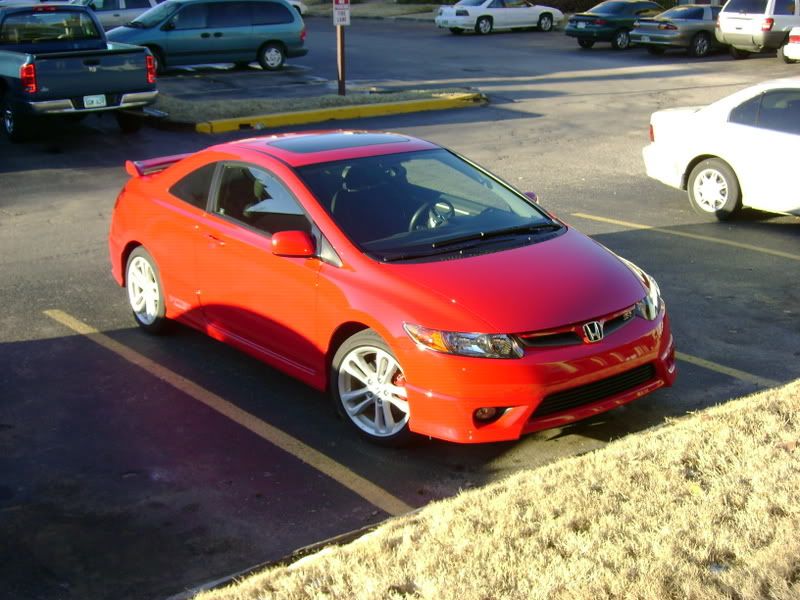Feb 27, 2007
On right- 1945 double die reverse

It's amazing what a 6 megapixel camera can do. I'm going to have to invest in a more powerful camera one of these days....
I've taken a picture of two war nickels- a 1943 P is on the left. a 1945 P is on the right. the year, in this case, doesn't make any difference- I just took a picture of the '43 to use it as a reference. If you compare the two coins, you will notice both subtle and noticeable differences. the words "FIVE CENTS" on the right are 'fatter' than the same words pictured on the left. also in "STATES" you will notice some differences.
The error is most notable in the word "MONTICELLO," the final O on the right hand coin clearly has another O under it. the letters in this word also appear to be fatter.
This error is almost invisible to the human eye. The camera clearly magnifies the coin and makes the error highly visible. If you have a 6 megapixel or better camera, you might be a ninja.
I have... an interest in the 'Silver' war nickels. of all the changes made to coins over the years, I find these the most... intriguing. both Nickel and copper were needed for the war efforts during World War II, so the U.S. government looked to other materials for coins made out of these metals. the 1943 penny is the best (and possibly the most well-known) example of this- 1943 pennies are almost exclusively made out of steel and zinc. If you have a 1943 penny that appears to be copper, grab a magnet. Copper is so slightly magnetic that it will not stick to any magnet you have in your house (I really, really hope this is a true statement. If you have a magnet that can attract copper in your home you are most likely a psychopath).
The silver war nickel is both less known than its smaller cousin, and less noticeable. Therefore, I find it more interesting.
Nickels are traditionally made of 75% copper and 25% nickel. During WWII, the nickels composition took a drastic change- 56% copper, 35% silver, and 9% manganese. While war nickels still contain copper, they contain no nickel, which I find rather amusing given their name.
Silver tends to tone yellow (sometimes other colors, typically oranges- but even purple, red, other rainbow colors and even black are possibilities), while manganese seems to tone nasty shades of green. War nickels, at least the ones I find still in circulation, tend to be brown, green, dark dark gray, or some mottled combination thereof. They look like dirty nickels.
There were three major errors in the silver nickels- the 1943/2 (43 over 42) die error, the 1943 "doubled eye" (technically a DDO error but most noticable around jefferson's eyes) error, and finally the 1945 double-die reverse error. all of these errors occur ONLY on P minted nickels. All of these errors are valuable (the 43/2 nickel seems to be the most valuable).
Unfortunately, I don't have a doubled-eye nickel, but I have the other two, in pretty decent shape.
Comments:
Post a Comment


